Rosso di Montalcino: the forgotten wine
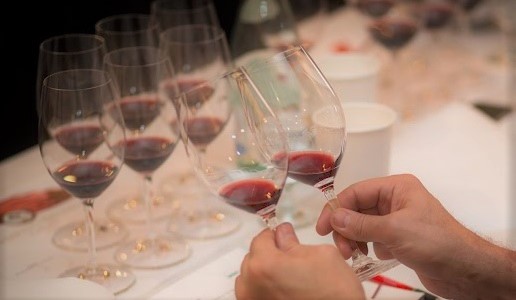
The time has come for Rosso di Montalcino to step up, cast off its image of being a “secondary Brunello” and establish its own, precise identity.
Everyone knows Brunello di Montalcino, one of the most famous area-brands in the world, and it has always attracted the attention of critics which has only enhanced its reputation. However, Montalcino also produces two other wines that are very important for the area: Moscadello, which was the first to make its mark in the history of local winemaking, and Rosso di Montalcino, which was the first example of a “spillover” wine in Italy.
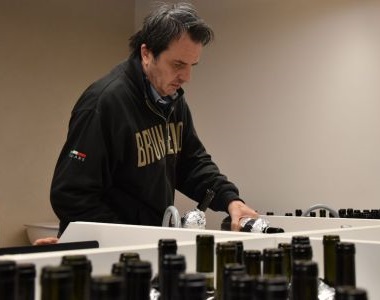 Today we will look at this forgotten, or perhaps undervalued, wine.
Today we will look at this forgotten, or perhaps undervalued, wine.
The wine’s initial problems probably began with bureaucratic formality that did not sufficiently reflect the product’s value. Added to this, the local producers’ association never sufficiently invested in this wine, at least not until the 1990s when there existed an independent Consorzio Rosso di Montalcino association that was headed by a very young Giancarlo Pacenti. Later, when the two producers’ associations merged under the “aegis” of Brunello, the important project to give a precise identity to Rosso di Montalcino fell by the wayside and the various wineries that produced it moved forward in a haphazard way, concerned only with their own economic goals. This led to a disparity in regard to quality and prices that at times was embarrassing.
Production of Rosso di Montalcino today is in the neighborhood of some 5 million bottle a year and the quality of the wine ranges from extraordinary to mediocre. This disparity has caused significant confusion for consumers who not only have to deal with quality differences but also with too broad a range of prices which can be incomprehensible for those who do not know the producers. This is also a problem for other types of wine. Every once in a while, some “genius” comes up with the idea that the way to enhance the value of a wine is through revising the regulations governing its production, such as allowing the use of varietals other than Sangiovese. However, Rosso di Montalcino can only be made with Sangiovese and most producers are “savvy” enough not to be seduced by such ideas.
Aside from the policy decisions made by the producers’ consortium in the past, the situation for Rosso di Montalcino is very interesting with estates embarking on virtuous quality approaches that are making significant headway in the area. These virtuous approaches have produced important results that could open the way for a new definition of Rosso di Montalcino, but it’s too early to say.
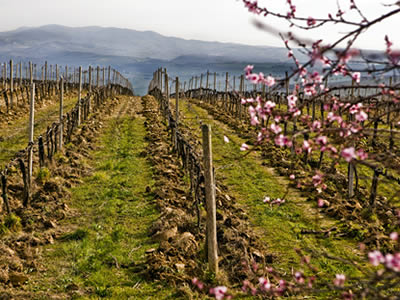
The best Rosso di Montalcino all come from the vineyards, harvests and selections reserved for this wine, whether they can carry the name of the vineyard or area. Another practical and unifying practice is to bring out the wine later than what is allowed by current production rules. For example, at present the youngest vintage you can find is 2019, while the 2020 will not be available until after next summer. These ideas came from the producers themselves and have allowed Rosso di Montalcino to have a well-defined identity, one which not only reflects the territory and the producers’ style but also allows certain wineries to experiment with new styles or new winemaking methods. All this should contribute to Rosso di Montalcino casting off its image of being, in the best of cases, a “secondary Brunello” or, in the worst, being a “leftover” made with grapes not used for Brunello. These wines also have the advantage of having decidedly better prices and have sparked great interest among wine lovers and restauranteurs.
Personally, I believe that these new approaches and products are the wine’s future and that the regulations governing their DOCG production should be modified by slightly delaying the debut of a vintage on the market. This also because these wines appear to have an articulated and long lifespan and adapt well to the new restaurant trends.
The following are the Rosso di Montalcino that have impressed me the most in recent tastings.
 Rosso di Montalcino 2019 Siro Pacenti
Rosso di Montalcino 2019 Siro Pacenti
95/100 - € 27
100% Sangiovese, matured in barriques for 15 months. A bright, ruby color and bouquet between fresh cherry and some yellow and dark spice. The elegant and juicy mouthfeel has refined tannins with a freshness that accompanies the progression towards a finish of rare elegance and persistence.
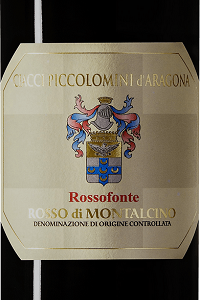 Rosso di Montalcino Rossofonte 2019 Ciacci Piccolomini d’Aragona
Rosso di Montalcino Rossofonte 2019 Ciacci Piccolomini d’Aragona
95/100 - € 20
100% Sangiovese from the vineyard of the same name, matured in 10 and 15hl barrels for 15 months. An intense ruby color and an intriguing aroma between notes of dark cherry and hints of underbrush. The thick and wrapping mouthfeel is well articulated with a discreet salinity and engaging progression. The aftertaste recalls Hawaiian salt.
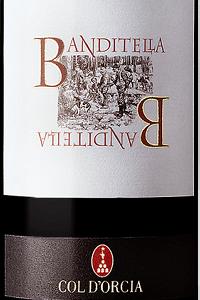 Rosso di Montalcino Banditella 2019 Col d’Orcia
Rosso di Montalcino Banditella 2019 Col d’Orcia
95/100 - € 18
100% Sangiovese from the vineyard of the same name, matured in barriques for 15 months. An intense ruby color. A nicely articulated nose with an intense balsamic note between eucalyptus and medicinal herbs along with the classic and defined scents of red fruit. The thick mouthfeel has a freshness that compliments the excellent and relaxed tannins and the flavorful aftertaste is persistent and agile.
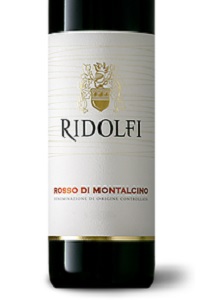 Rosso di Montalcino 2019 Ridolfi
Rosso di Montalcino 2019 Ridolfi
94/100 - € 20
100% Sangiovese matured in wood for 12 months. A classic ruby color. The aroma has scents of cherry, marasca cherry and yellow fruit, peach. The mouthfeel is agile and flavorful with excellent balances, a lovely progression and a linear and engaging finish thanks to balanced tannins and a very precise after aroma.
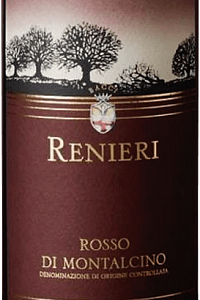 Rosso di Montalcino 2019 Renieri
Rosso di Montalcino 2019 Renieri
94/100 - € 16
100% Sangiovese matured in wood for at least 12 months. A tenuous ruby color and a very classic bouquet with notes of pineapple, yellow peach and medicinal herbs that accompany some whispered cherry scents. An elegant and relaxed mouthfeel with refined tannins and a lovely salinity. The finish is relaxed, persistent and has great finesse.
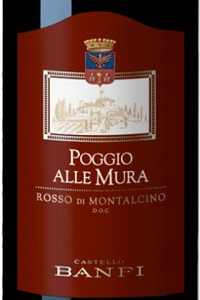 Rosso di Montalcino Poggio alle Mura 2019 Banfi
Rosso di Montalcino Poggio alle Mura 2019 Banfi
93/100 - € 16
100% Sangiovese from a single vineyard. Matured in barriques and larger barrels for at least 22 months. An intense ruby color. The bouquet is very intense and fragrant with aromas of red fruit, cherry and dark cherry, marasca cherry and blackberry with a touch of spice. The mouthfeel has an intense flavor which is sunny and juicy with crisp tannins that are never fastidious. The progression is excellent and the finish flavorful and intense.

 Italiano
Italiano

















